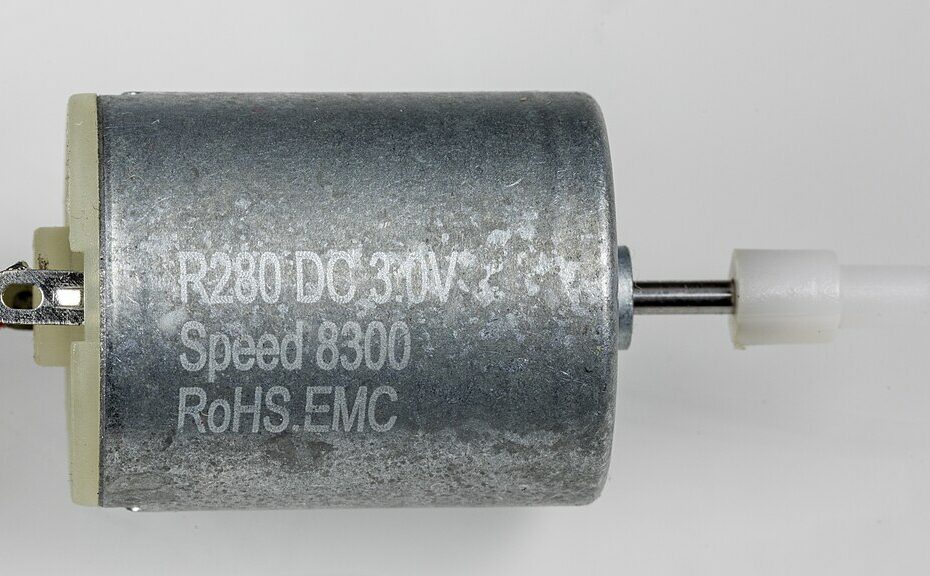Robotics is a dynamic and captivating field that seamlessly amalgamates a wide spectrum of components and technologies. At the heart of this intricate web of mechanisms and electronics, electric motors take center stage as one of the pivotal driving forces. As you embark on your journey into the realm of amateur robotics, gaining a comprehensive understanding of the various types of electric motors and their diverse applications becomes not just beneficial but absolutely essential. These motors serve as the lifeblood of your robotic creations, determining how your robot moves, manipulates objects, and interacts with its environment, making them a foundational element of your exploration in the exciting world of robotics.
1. DC Motors (direct current)
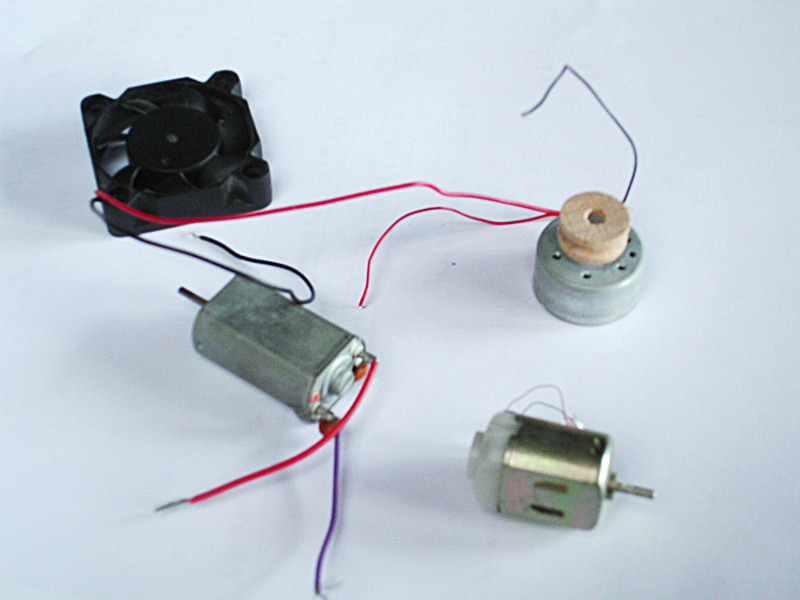
Description: DC motors are one of the most common types of electric motors in robotics. They operate using a direct current power source and work on the principle of electromagnetic interaction. A DC motor has two main components: the stator (stationary part) and the rotor (rotating part).
Utility: DC motors are versatile and used in a wide range of robotic applications. They are known for their simplicity, making them an excellent choice for beginners. They can be easily controlled using PWM (Pulse Width Modulation) for speed control and are commonly found in wheeled robots for propulsion.
2. Servo motors
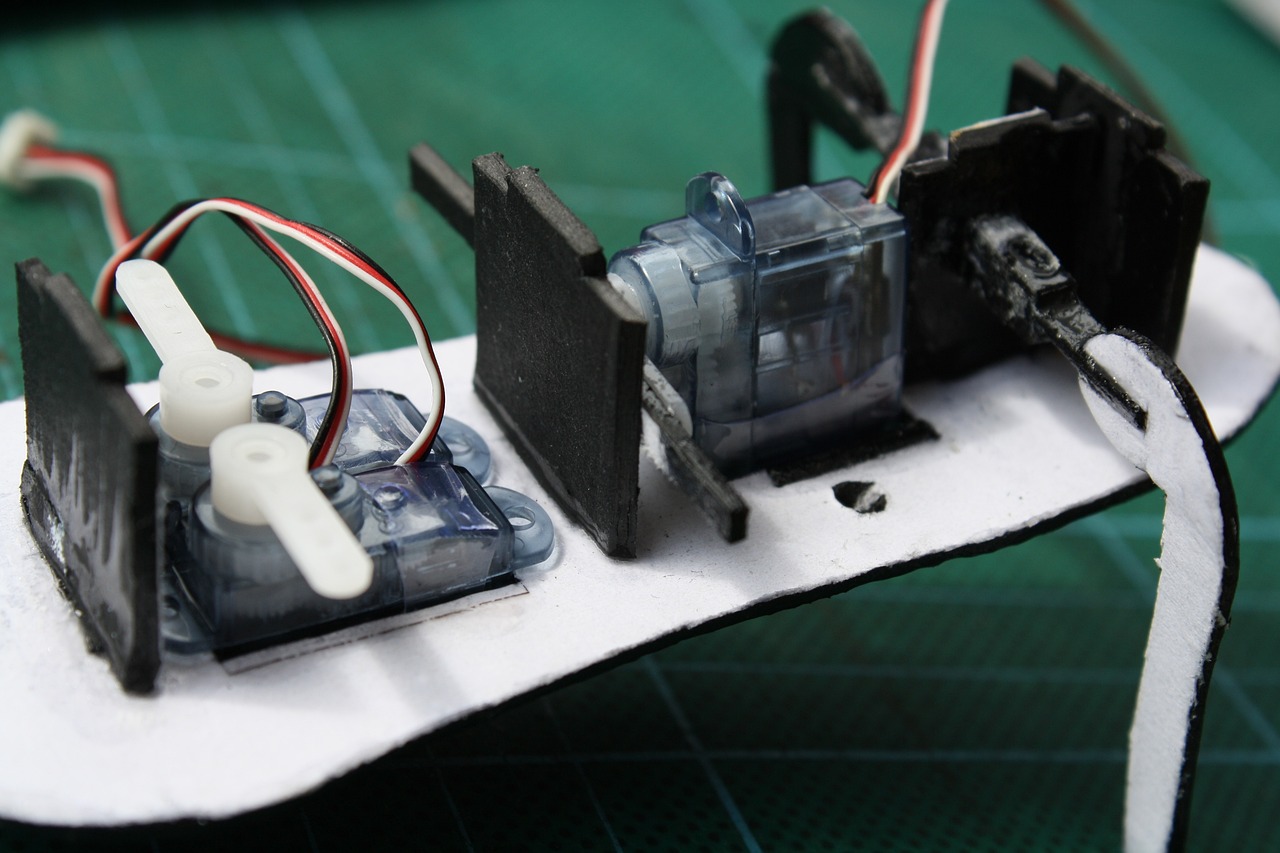
Description: Servo motors are a specific type of DC motor equipped with a feedback mechanism. They come in various sizes and typically have a shaft that can be accurately positioned to a specific angle.
Utility: Servo motors are ideal for tasks requiring precision and control. They are commonly used in robotic arms, grippers, and for controlling the steering of mobile robots. Servos provide precise angular displacement, making them invaluable for tasks like robot arm articulation.
3. Stepper motors
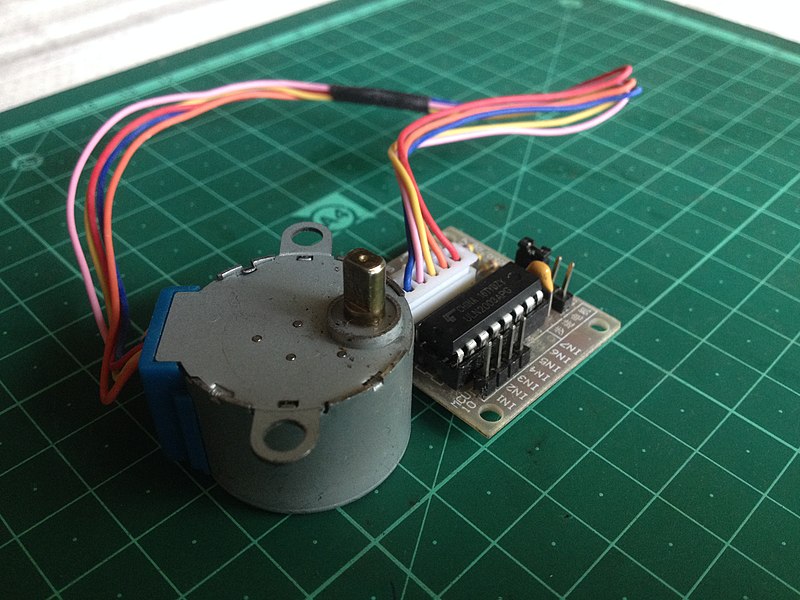
Description: Stepper motors are another type of electric motor frequently used in robotics. They move in discrete steps and are digitally controlled. Steppers have multiple electromagnets arranged in a ring around the rotor.
Utility: Stepper motors are well-suited for applications where precise positioning is essential. They are commonly used in 3D printers, CNC machines, and robots that require accurate control over rotational movement. Steppers can hold a position without the need for a feedback system.
4. Brushless DC motors
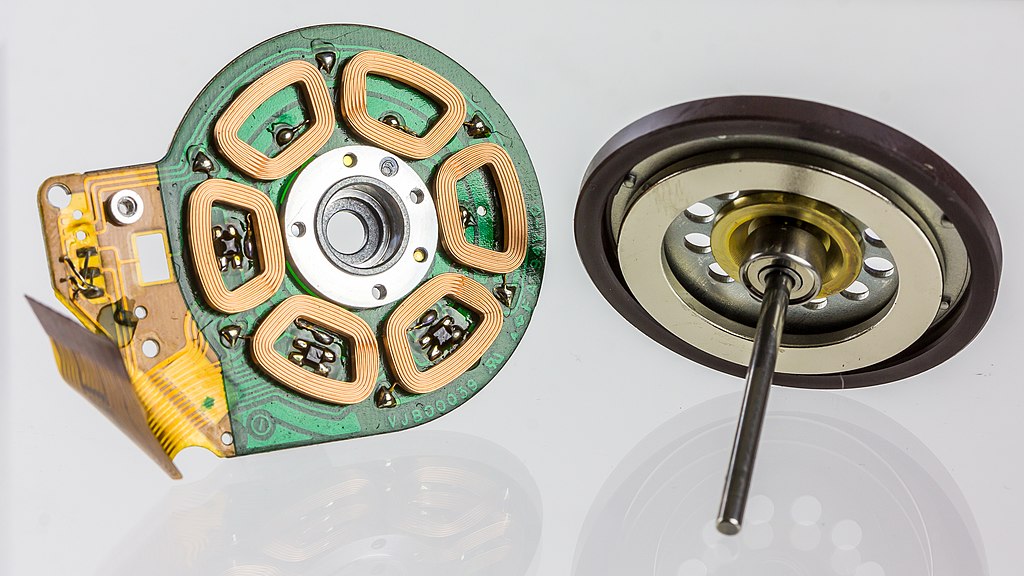
Description: Brushless DC motors, also known as BLDC motors, eliminate the need for brushes and commutators found in traditional DC motors. They are more efficient, reliable, and have a longer lifespan.
Utility: BLDC motors are often used in robotic applications that require a higher level of efficiency and power. These motors are commonly found in drones, robotic vacuum cleaners, and electric vehicles due to their energy efficiency and reliability.
5. Gear motors
Description: Gear motors combine an electric motor with a gearbox. The gearbox reduces the speed of the motor while increasing its torque.
Utility: Gear motors are perfect for robots that need both power and precision. They are commonly used in mobile robots, where the high torque output of gear motors can help in navigating obstacles and rough terrains.
Conclusion
Understanding the various types of electric motors used in amateur robotics is the first step towards creating your own robotic projects. Each motor has its unique characteristics and applications, allowing you to choose the right one for your specific needs. Whether you’re working on a mobile robot, a robotic arm, or any other project, knowing the role and capabilities of these motors will be invaluable on your journey in the world of amateur robotics.
Image source : wikimedia.org – Creative Commons
